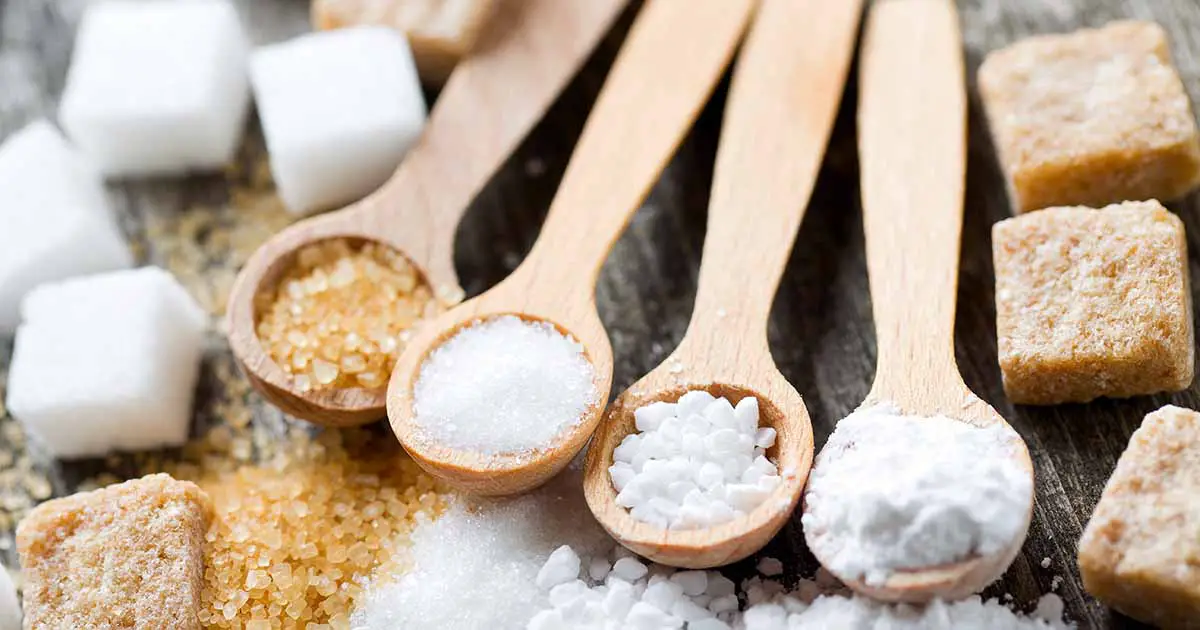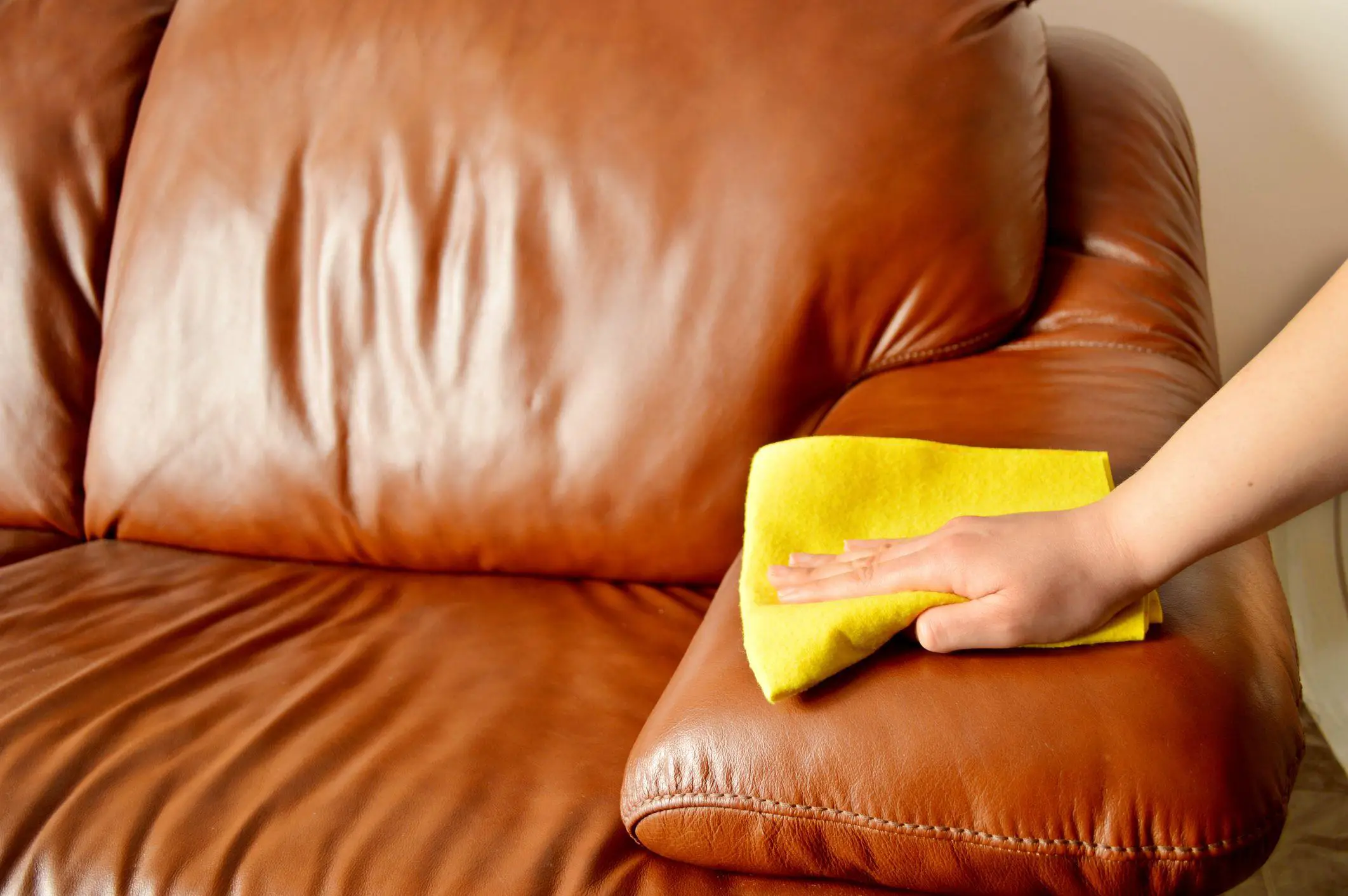Frying is a quick method of cooking food in hot oil or fat but requires care and attention to produce satisfactory results. Frying gives food a good flavor and color.
Methods of Frying
Four different methods of frying are shallow-frying, deep-frying, sauteing, stir-frying, and meuniere. Read each method one by one below.
Shallow-Frying
This is a dry method of cooking. Foods to be shallowly fried are cooked in a small amount of fat or oil the level of fat can be anywhere from halfway up the side of food.
Heat Transfer:
The food cooks by direct heat conduction from the metal surface. The frying medium may aid the process if a sufficient depth is used or merely serve as a thin lubricating layer to stop sticking and burning.
Deep-Frying
Deep frying involves the complete immersion of food in hot fat or oil. It is not in contact with any surface of the frying vessel.
Heat Transfer:
Conduction and convection.
Sauteing
Sauteing is tossing the food in the pan during cooking so that it cooks and browns on all sides. The name comes from the French for ‘to jump’. Some times the food is described as sauteed even if it is too big to be tossed in the pan (Sauteed Chicken) this simply means it has been turned so that it is browned all over.
Stir-fry
A traditional method of Chinese cookery used for fast frying vegetables and thin strips of meat in a specially designed utensil termed a wok. The base of the wok is rounded with high sides so that only a small amount of food is in contact with the heat and therefore, stirring is the only action needed to control browning.
Meuniere
This term means ‘in the style of a miller’s wife’. It describes a method of cooking that applies mainly to fish. Fish cooked in this way is seasoned, lightly floured (Presumably the connection with the miller) and shallow fried in butter or oil. The fish is sprinkled with lemon juice, garnished with a slice of lemon and finished with beurre noisette and chopped parsley.
Advantages
- Taste is improved, along with the texture.
- Increases the calorific value.
- The fastest method of cooking.
- In shallow fat frying, the amount of foil consumption can be controlled.
Disadvantages
- Some times the food may become oily or soggy with too much absorption of oil.
- More attention is required while cooking and care should be taken to avoid accidents.
- The food becomes very expensive.
- Fried food takes a long time to digest.
- Repeated use of heated oils may produce harmful substances and reduce the smoking point.
Safety Rules
- All operators must be trained not only to use the equipment but also in a fire drill procedure.
- The correct level of the frying medium should be used.
- The fryer must not be overloaded as this may cause hot oil/fat overflow.
- Drain wet foods and then dry with absorbent paper. This prevents splatters of hot fat reaching the skin of the food handler.
- Pans must be moved carefully on the stovetop to prevent splattering and burns.



